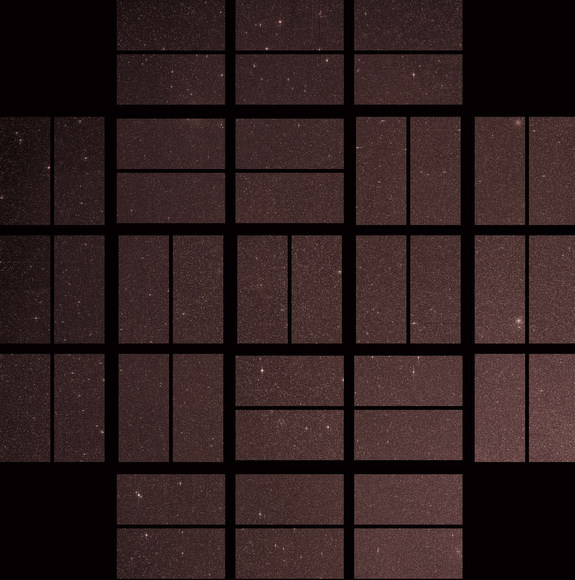[/caption]
With the Kepler spacecraft finding over 1,200 planetary candidates, the next step is verifying their actual status. That will be a big job, but help is on the way. In April 2012, a new spectrograph called HARPS-North will come online to help confirm and characterize Kepler’s planetary candidates. It will be mounted on the 3.6-meter Telescopio Nazionale Galileo (TNG) in the Canary Islands.
“The Kepler mission gives us the size of a planet, based on the amount of light it blocks when it passes in front of its star. Now we need to measure planetary masses, so that we can calculate the densities. That will allow us to distinguish rocky planets and water worlds from ones dominated by atmospheres of hydrogen and helium,” explained astronomer David Latham from the Harvard-Smithsonian Center for Astrophysics (CfA).
If the name HARPS (High-Accuracy Radial velocity Planet Searcher) is familiar, it is because this new instrument is a duplicate the successful design of an existing instrument in the Southern Hemisphere, the original HARPS spectrograph whichoperates on the 3.6-meter European Southern Observatory telescope at La Silla, Chile. At the TNG telescope, the new HARPS-North will be able to study the same region of the sky viewed by the Kepler spacecraft, within the northern constellations of Cygnus and Lyra.
The Harvard-Smithsonian CfA is part of an international collaboration building the new instrument.

Verifying a exoplanet can be tricky. In some circumstances, an eclipsing binary star can mimic the shallow dimming due to a planet crossing in front of its star. Ground-based measurements are needed to verify an orbiting world by spotting the gravitational wobbles it induces in its host star, in a method known as radial velocity.
A spectrograph operates by splitting the light from a star into its component wavelengths or colors, much like a prism. Chemical elements absorb light of specific colors, leaving dark lines in the star’s spectrum. Those lines shift position slightly due to the Doppler shift created by the gravitational tug of an orbiting planet on its star.
The new HARPS-North will be augmented by technology now under development, such as a laser comb for wavelength calibration, which will allow it to detect subtle radial-velocity signals.
“We have set up an enthusiastic collaboration among various institutions to build a northern copy of HARPS. We all expect HARPS-N to be as successful as its southern ‘brother,'” said HARPS-N principal investigator Francesco Pepe of the Astronomical Observatory of Geneva.
“HARPS-N will pursue the most interesting targets found by Kepler, at a level that no one else in the world can do,” said Dimitar Sasselov, Director of the Harvard Origins of Life Initiative. “HARPS-N will partner with Kepler to characterize worlds enough like Earth that they might be able to support life as we know it.”
Source: Harvard Smithsonian CfA


April 2010? Must have missed that…
😛
Yeah, this is old news…. 🙂 thanks for spotting the error– it has been fixed to 2012.
How much does it take to verify one candidate?
@HeadAroundU
About $200,000 USD for a PHD, and $5 for a Latte.
So, I deduce it’s not that difficult. 😀 Well, of course if you have a PHD.
But, seriously, I’d like some serious reply or maybe interview about the process. Hey, I have 5 planet canditates!